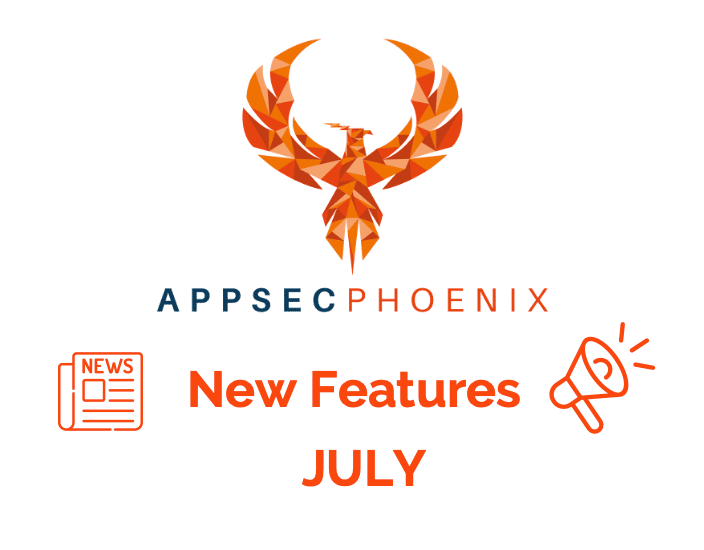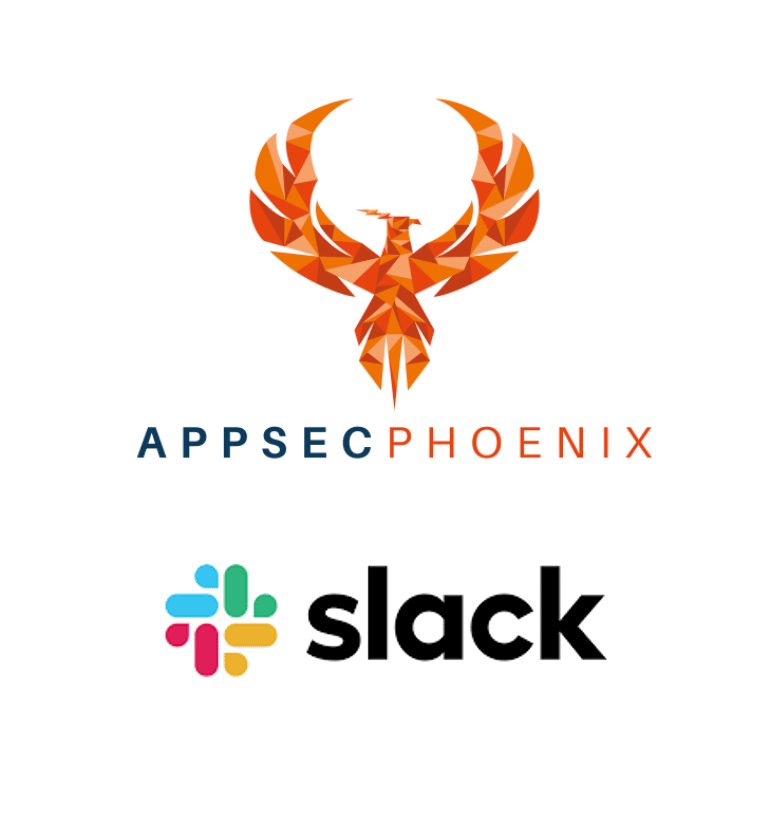Join our Mailing list!
Get all the latest news, exclusive deals, and feature updates.

The AppSec Phoenix team is pleased to bring you another series of exciting new features and functionalities already available on the platform.
This release is packed full of key additions across multiple platform areas.
We are sure that you’ll find these quite interesting!
Integrations


We keep making tags more powerful in AppSec Phoenix. Now you can use your Cloud or Infra tags to select which Accounts and Sites to link (deploy) your Applications to.
Furthermore, to give you even more control, you can now decide if you want to find Accounts whose assets match All the entered tags or just Any of them.
To help you consistently manage your Cloud and Infra assets, we have created two types of Environments: Cloud and Infra. You can add Accounts and Sites to each of these types, respectively.
And to show how the previous improvement can help you, now you can select multiple hosts (targets) from your Infra scanners when you are defining a Site within an Infra Environment.
At AppSec Phoenix, we are always looking to improve our threat intelligence data. Together with our array of Cyber Threat Intelligence and Honeynet feeds, we have integrated a very promising scoring system that has been taking more and more place in the industry. One of the factors integrated is Exploit Prediction Scoring System (EPSS). Now not only do you get the EPSS score as part of the vulnerability details (where available) but this score is used as a factor in calculating the probability of attack as part of our ARCTIQ risk calculation algorithm.
In addition to our Vulnerability Resolution SLA, now you can define SLAs for “Ticket Resolution”: the time it takes to resolve the issue ticket from the point when it is created. This allows you to focus more on the performance of the team responsible for the resolution rather than the overall life-cycle of the vulnerability.
Tagging has become one of the most used (and useful) mechanisms to track, identify and group all types of assets and entities. At AppSec Phoenix, we are keen on helping you make the most out of your tagging strategy. This is why we have introduced two additional features in this area:
You can now select the Applications or environments you want to see in the Risk Explorer using Business Unit and Compliance tags. You can use any tag Category that you want!
Providing developers with a comprehensive set of vulnerability details right where they need them is one of AppSec Phoenix’s goals. We always look for ways to improve the developer’s experience in this area. We have introduced changes to ensure that the information in the vulnerability’s issue ticket includes all comments and risk context information.
Now you can see more details of your Infra assets directly from the Assets screen.
And watch out for further usability improvements across all the asset screens in the following releases!
In a continuous effort to provide actionable output to our clients, you can now integrate AppSec Phoenix with your Slack channels. Doing this will allow you to deliver notifications in a timely manner and to the channels where your users are already listening.
You can now seamlessly integrate AppSec Phoenix with your Rapid 7 InsightVM instance to automatically fetch vulnerability and asset information.